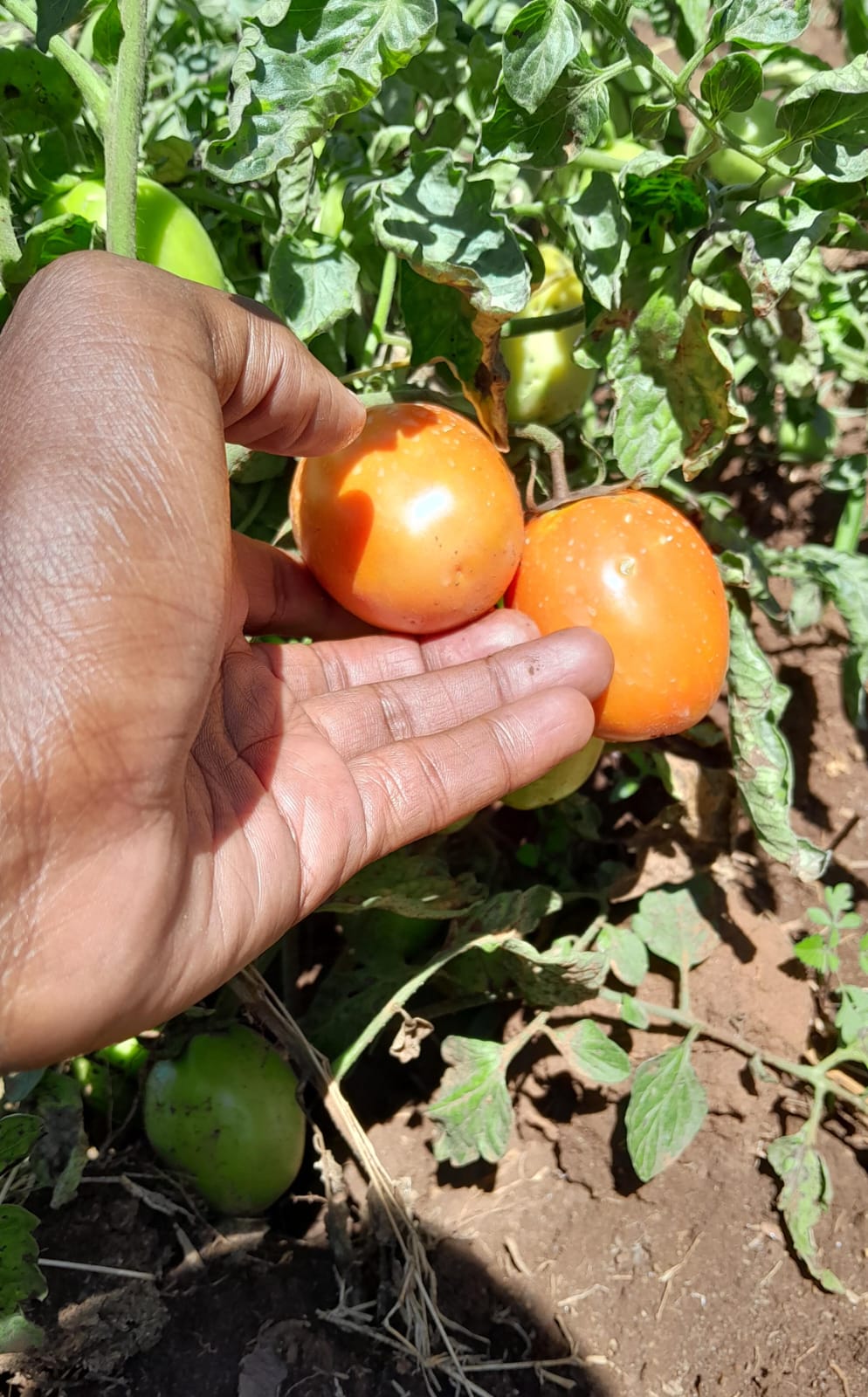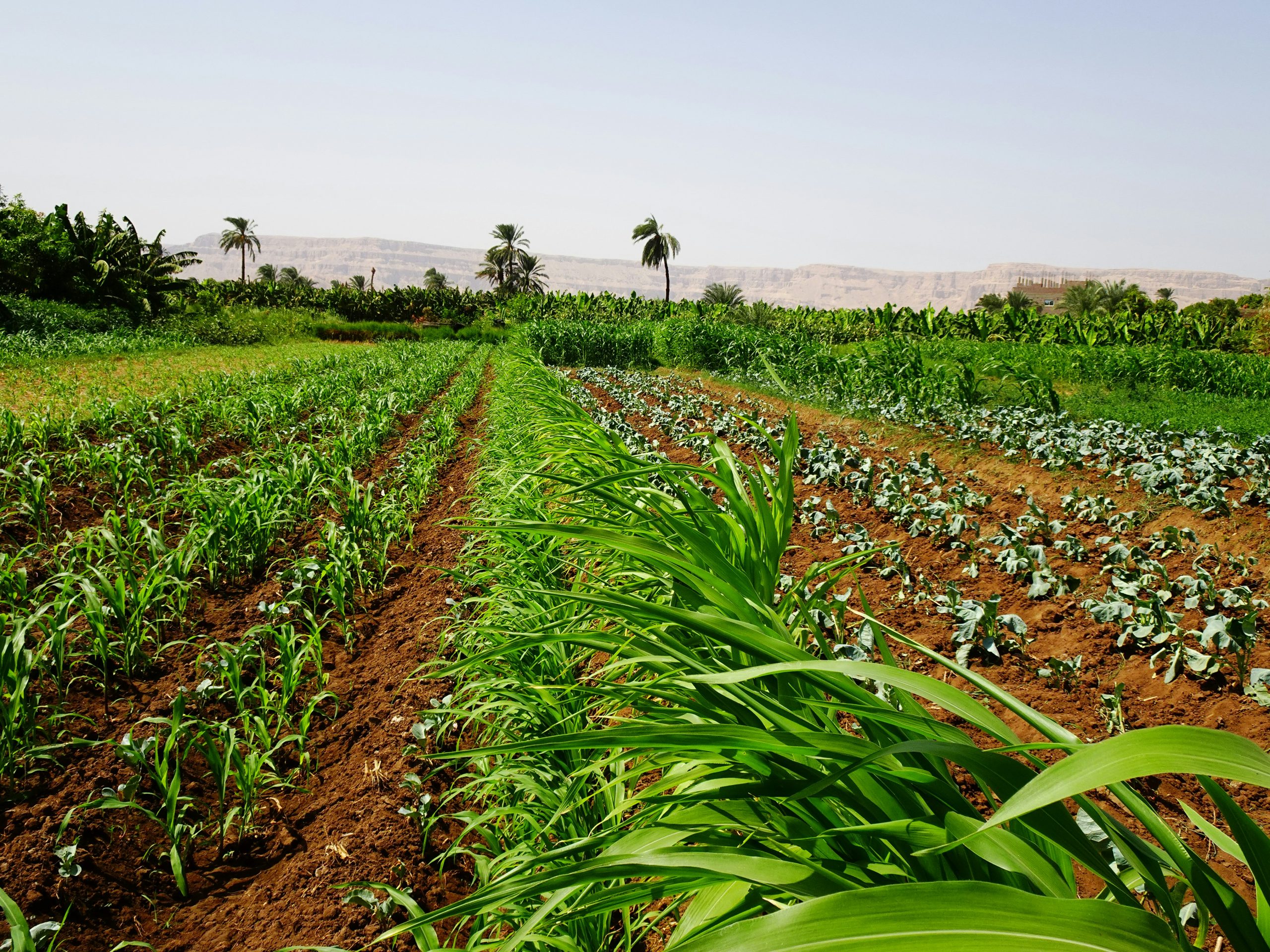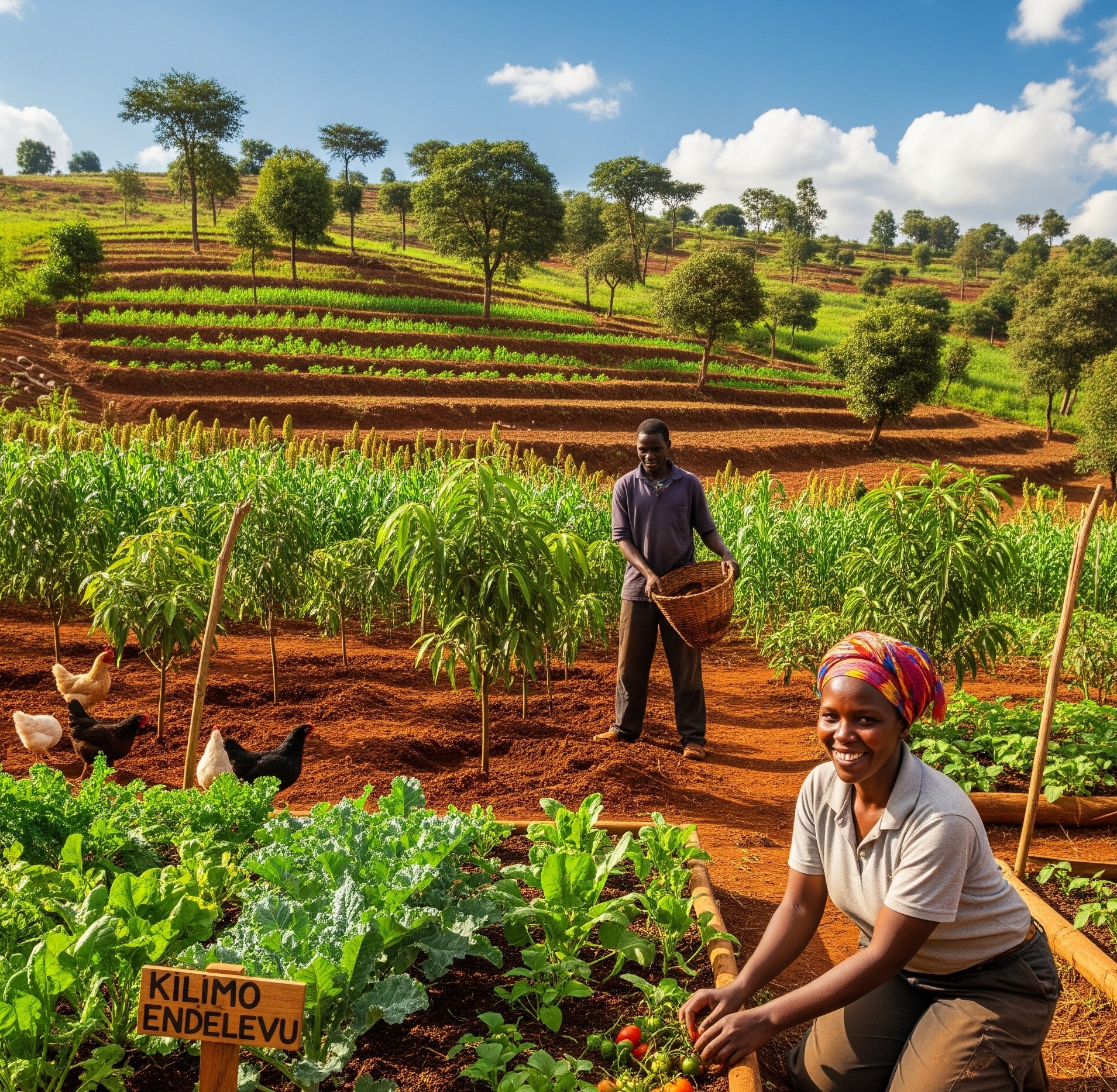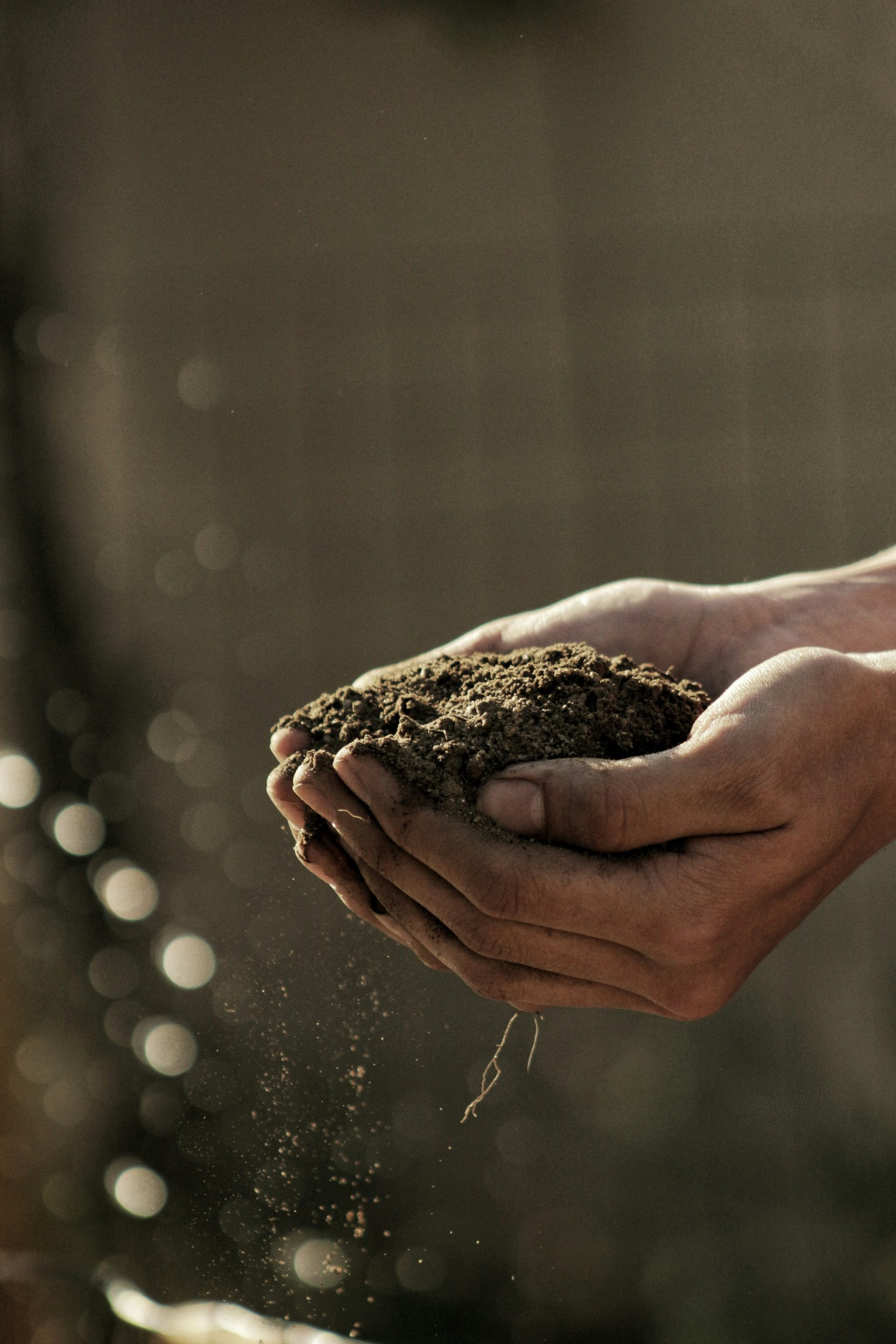Tomatoes rank among the best cash crops in Kenya – whether you are in Laikipia, Bungoma, Kiambu or Kitui. And yes, you should consider tomato farming. If you are also interested on how to utilize small spaces for growing plants like tomatoes, check out how kitchen gardens are helping Kenyans beat food costs for a small-space solution.
Here is an easy step by step guide to growing juicy tomatoes beginning with seed and ending with harvest.
1. Choose the Right Type
Choose seeds that work well within your region. There are nice varieties like Anna F1, Rio Grande, or Kilele F1 that can be purchased at the local agrovets (consult with the agrovet or other local tomato farmers before purchasing). Get varieties that are blight free and high-yielding.
2. Begin with a Nursery

Make a raised nursery bed and plant the seeds to a depth of 1 cm. Cover in soil and mulch and water carefully. Place a grass or banana-leaf shade. After 5 to 7 days, your seedlings in the nursery will be sprouting.
3. Transplanting
Transplant to ready land after 3 to 4 weeks of planting, at which stage the seedling would have a height of approximately 6 inches. Plant with spacing 60×45 cm, and transfer during a cooler time such as early morning to avoid shock.
4. Soil Health and Fertilizer
When preparing the beds use well rotted compost or manure. Top dress CAN or NPK (17:17:17) post-transplanting. To grow well in the early stages, you should also use FoliarMax High Nitrogen Soluble Fertilizer (I use it on my farm). It is water soluble and enhances foliage growth particularly in the vegetative phase.

5. Watering and Staking
Tomatoes enjoy regular watering. Do not overwater also as excess water leads to splitting of the fruits. Plant the stake well before the ground rots.
6. Pests and Diseases
Be on the lookout of blight and Tuta absoluta. Spray with neem spray, ash, or visit your agrovet to get harmless pesticides.
7. Harvest Time
Within 75-90 days your tomatoes will be ready. Pick early in the morning when they are firm and quite red.

Tomato farming in Kenya is a lucrative business especially when you plan accordingly such that you can harvest the tomatoes during peak times such as January and February. Start with small scale, and in a short time you will be harvesting red gold tomatoes in your shamba!





